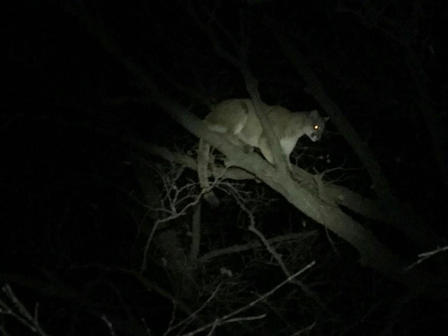 KANSAS FIRE MARSHAL
KANSAS FIRE MARSHAL
TOPEKA – The Office of the State Fire Marshal has released its annual “Fires in Kansas” report based on reporting to the Kansas Fire Incident Reporting System by fire departments throughout the state. The statistics presented in this annual report were for calendar year 2015. The report highlights the significant role the Kansas fire service plays in protecting lives and property of the citizens of the state.
According to this report, incidents of almost every type of fire were reduced between 2014 and 2015, with the exception of vehicle fires.
The most common type of fire was “Vegetation Fire,” and incidents of this type of fire reduced from 8,414 in 2014 to 7,188 in 2015. The second most common type of fire is “Structure Fire,” and there were 488 fewer structure fires in 2015 than in 2014 (3,660 in 2015 compared to 4,148 in 2014).
“Knowing the whens, whys, wheres and hows of fire in Kansas enables our brave firefighters to more intelligently attack the problems of fire in Kansas,” said Doug Jorgensen, State Fire Marshal. “Our agency equips fire departments across the state with the information they need to be increasingly intelligent in how they protect the lives and property of Kansans.”
Wildfires
During 2015, vegetation fires accounted for nearly 48% of all fires. Kansas vegetation fires are mostly small, with 80% of vegetation fires burning less than 10 acres. Fire departments reported a loss of 110,690 burned acres in 2015, a significant drop from 2014 during which 189,514 acres was burned.
One in five vegetation fires are caused by a controlled burn (1,382 in 2015) and most of these occurred during Spring with 812 in March 2015 alone.
The overwhelming majority of wildfires in Kansas are caused by humans. Only 3% of vegetation-related fires are attributed to fully natural causes. Prescribed burns, poorly maintained vehicles/equipment, and heat sources being used in a flammable place or in an unsafe manner are all common ways that wildfires get started.
Structure Fires
Kansas is well on its way to reducing structure fires. There was almost an 11% decrease in structure fires during 2015 alone. Residential fires have accounted for 71-76% of structure fires during the past 15 years. In 2015, 72% of structure fires were residential fires.
The most common fire cause is cooking, with one in three home fires in Kansas being cooking-related. Cooking fires in 2015 caused a reported loss of $1,656,086. Alcohol, drugs and sleepiness are causes for cooking fires year-round. Impairments and sleeping were involved in 28% of fatal cooking fires over the last 15 years.
Homes with children pose an increase in fire risk. Unsupervised children cooking in the kitchen caused 98 fires in 2015. Since 2001, 1,639 cooking fires started with unattended children resulting in 93 injuries.
Equipment-caused fires were the second most common type of structure fire in 2015. Clothes dryers and water heaters are major culprits in starting this type of fire.
There are special areas of concern when it comes to fire safety in apartment buildings. Families in apartment buildings live close together, affecting each other’s risks associated with fire. Landlords and tenants alike have a role to play in maintaining a fire-safe place to live. In 2015, multi-family dwellings accounted for a total of 19.4% of residential structure fires in Kansas and they accounted for a statistically higher 32.6% of cooking fires. A full 55% of multi-family dwelling fires are cooking-related.
Balconies/porches are the top area of origin for smoking fires. Multi-family dwellings have a larger problem with 37% of smoking fires happening on a balcony or porch. Often, these fires are caused by smoking materials discarded into potted plants or mulch. Both are flammable and cause smoldering fires.
The Fire Service and EMS
While the incidents of fire calls were reduced, the number of Emergency Medical Service (EMS) calls increased by 9,372 reported calls in 2015. Increasing EMS calls is a continued trend in the shifting workload of our Fire Service.
The full “Fires in Kansas” report is available for download at FireMarshal.ks.gov<http://www.FireMarshal.ks.gov>.

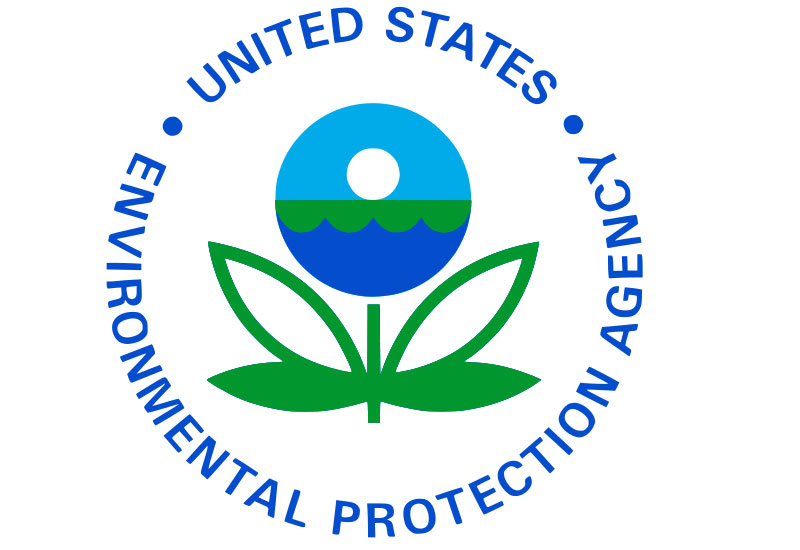
 EPA
EPA
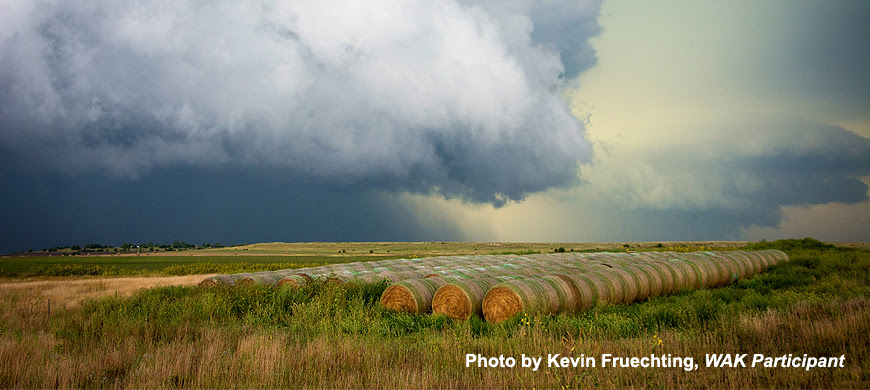




 OFFICE OF SEN. MORAN
OFFICE OF SEN. MORAN
 OFFICE OF U.S. ATTORNEY
OFFICE OF U.S. ATTORNEY

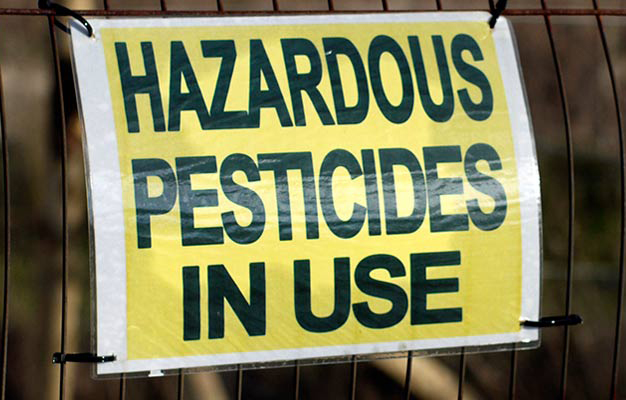



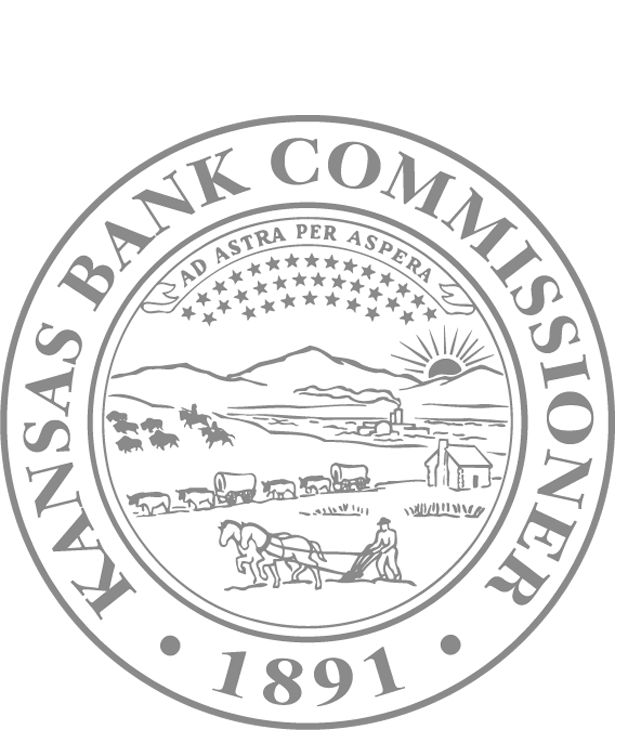
 OFFICE OF THE GOV.
OFFICE OF THE GOV.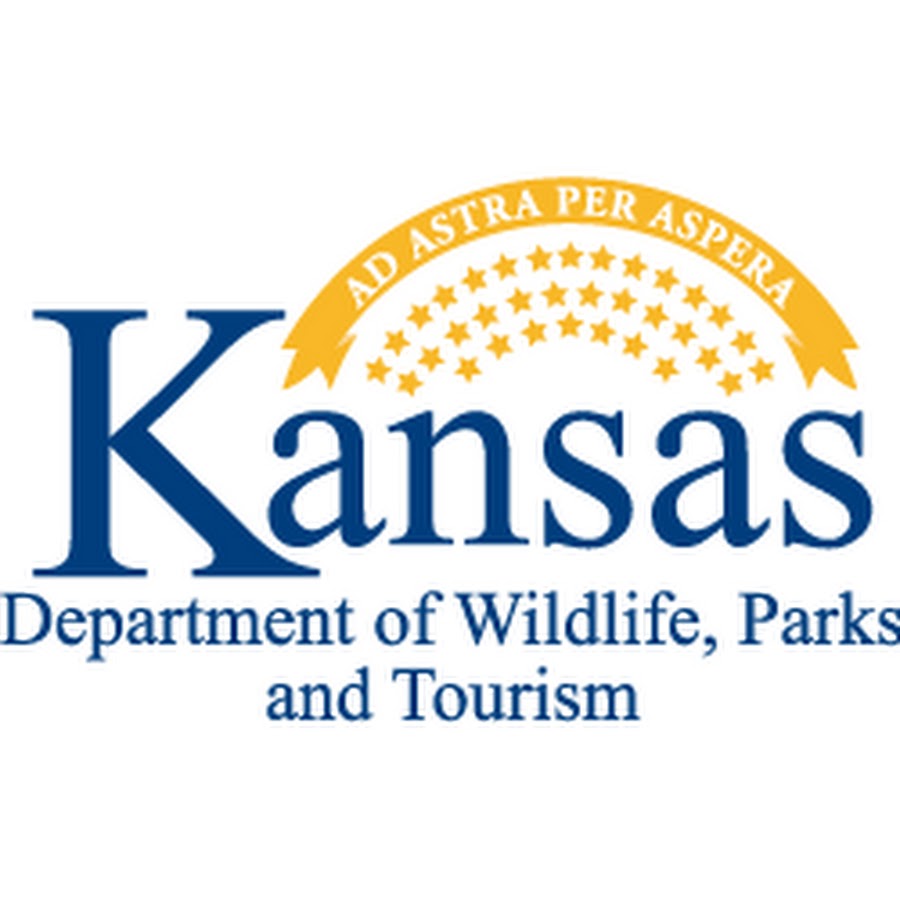
 KDWPT
KDWPT